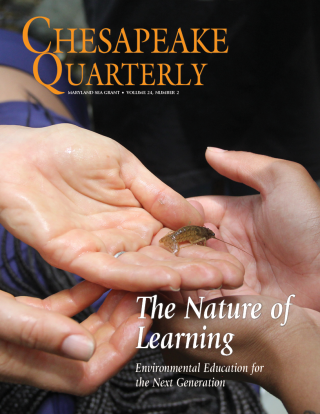Design a Zebrafish Experiment
Lesson Plan Standards
1.1.1 1.1.2 1.2.1 1.2.2 1.2.4 1.2.5 1.2.6 1.2.7 1.3.1 1.3.2 1.3.3 1.3.4 1.4.1 1.4.2 1.4.3 1.4.6 1.4.7 1.4.9 1.5.1 1.5.2 1.5.9 1.6.5 3.1.2 3.2.1 3.2.2 6.4.2Evaluation
Students must use their new knowledge of zebrafish development to design an experiment. The focus question to be answered by the experiment is, "How does development affect an organism's development"?
Objectives
Students will be able to answer how the environment affects development of organisms by designing and conducting an original experiment.
Lesson Materials
Live zebrafish and/or embryos, determined by availability and teacher preference.
Design an HSA Rubric
Zebrafish Experiment Outline
Procedures
Using their new knowledge, students will design their own zebrafish experiment using the complete scientific method to answer the following question: How does the environment affect development? Experiments will be scored using the standard H.S.A. type rubric.
References
MD High School Assessment models, www.mdk12.org



